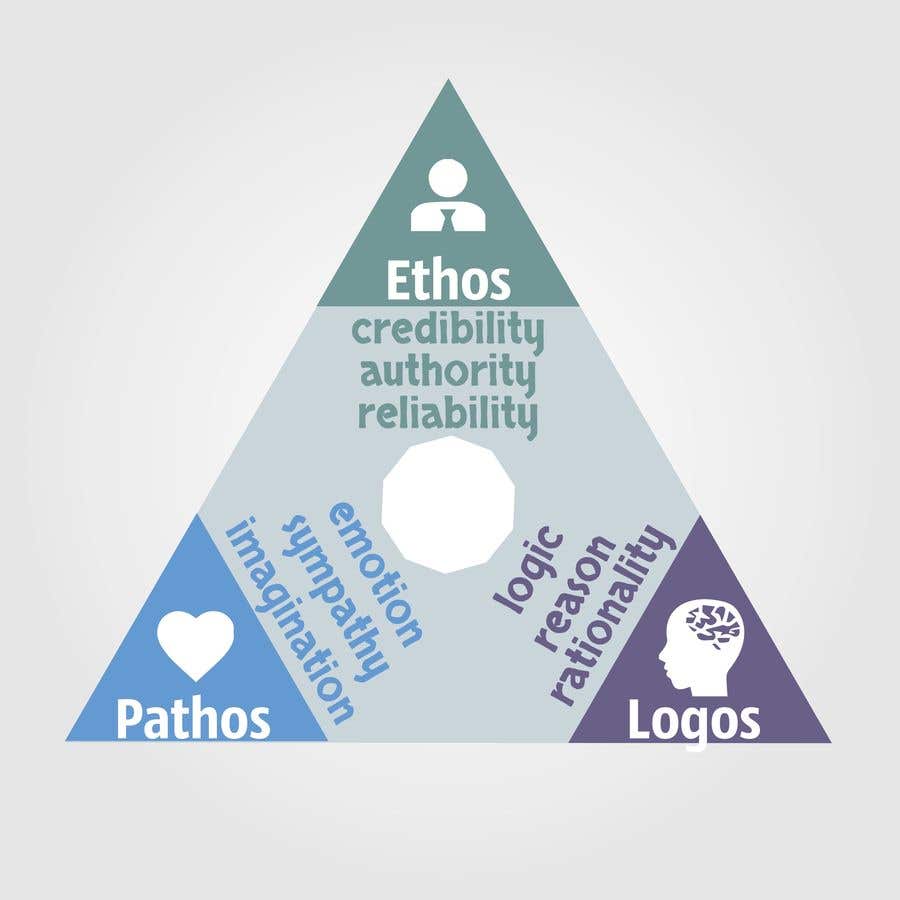
I come to speak to you in defense of a cause as holy as the cause of liberty-the cause of humanity. The humblest citizen in all the land when clad in the armor of a righteous cause is stronger than all the whole hosts of error that they can bring. I would be presumptuous, indeed, to present myself against the distinguished gentlemen to whom you have listened if this were but a measuring of ability but this is not a contest among persons. In some cases, downplaying the ethos can be done while emphasizing pathos, for example as William Jennings Bryan did in his Cross of Gold speech: Pathos may also include appeals to audience imagination and hopes done when the speaker paints a scenario of positive future results of following the course of action proposed. In addition, the speaker may use pathos and fear to sway the audience. Pathos is most effective when the author or speaker demonstrates agreement with an underlying value of the reader or listener. Pathos can be particularly powerful if used well, but most speeches do not solely rely on pathos. It can be in the form of metaphor, simile, a passionate delivery, or even a simple claim that a matter is unjust. : 42 The terms sympathy, pathetic, and empathy are derived from it. Give students an empty storyboard as part of an assessment and ask them to explain and give an example of each: ethos, pathos, logos.Pathos (plural: pathea) is an appeal to the audience's emotions.Having to flip a negative idea into a positive one is also a great way to teach propaganda. Have them utilize rhetorical tactics and strategies in their promotion. Have students collaborate and promote an unpopular school rule, consequence, homework, or even cafeteria food.Require them to use one, or all, of the tactics in the rhetorical triangle. Ask students to create a persuasive storyboard about a topic that is important to them.

Students can break the speech up into tactics, then show an example of those tactics in each cell.

Uses the connotations of words to play on the audience’s emotionsĮxpresses the same idea but in different words to clarify or emphasize

Repeats a specific word or phrase to ensure that the audience pays attention Repeats a grammatical structure to emphasize an important idea Uses strongly contrasting words, images, or ideas A few of the more familiar strategies to students include:Įncourages audience to think about an obvious answerĮstablishes a more familiar concept to explain a more complicated or remote subject

There are many different rhetorical strategies (and rhetorical fallacies!) that can strengthen or weaken an argument. The successful implementation of ethos, pathos, and logos in writing or speech depends on the effectiveness of different rhetorical strategies.


 0 kommentar(er)
0 kommentar(er)
